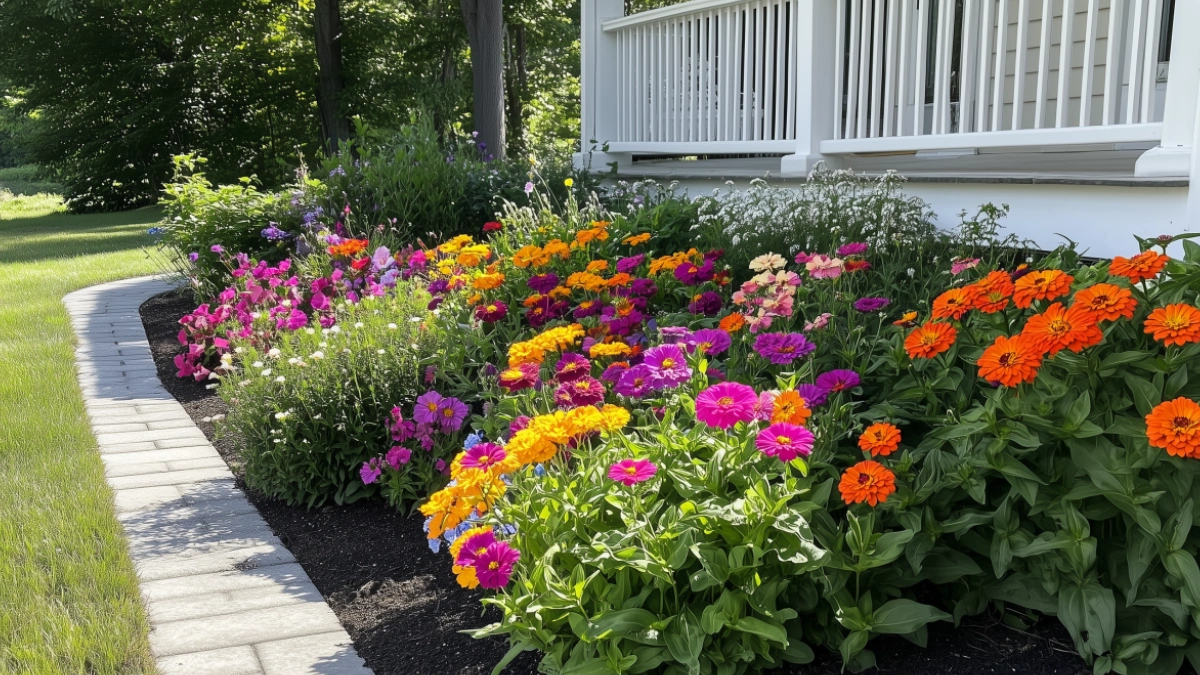DIY Flower Beds in Front of House: A Seasonal Planting Guide for Year-Round Curb Appeal
Table of Contents
A well-planned flower bed is one of the most powerful ways to transform the front of your house. It adds color, texture, and personality—while boosting curb appeal in an affordable and sustainable way. Whether you’re working with a modest patch beneath a window or a full yard makeover, creating a front yard flower bed that reflects the seasons can keep your home looking fresh and welcoming all year long.
The beauty of DIY flower beds lies in their flexibility. You don’t need a professional landscaper or a high-end garden center to achieve impressive results. With a little planning, some soil preparation, and a thoughtful planting strategy, you can build a garden that blooms and evolves with each passing season.
This guide is designed to help you map out a full year of floral beauty. We’ll walk you through seasonal plant selection, layout tips, low-maintenance strategies, and how to refresh your beds with ease as the months change. Whether you’re a gardening beginner or a seasoned green thumb looking for new ideas, this step-by-step resource will equip you to create a front yard garden that thrives every season—on a budget.
Start with Soil: Prep Your Flower Beds for Success
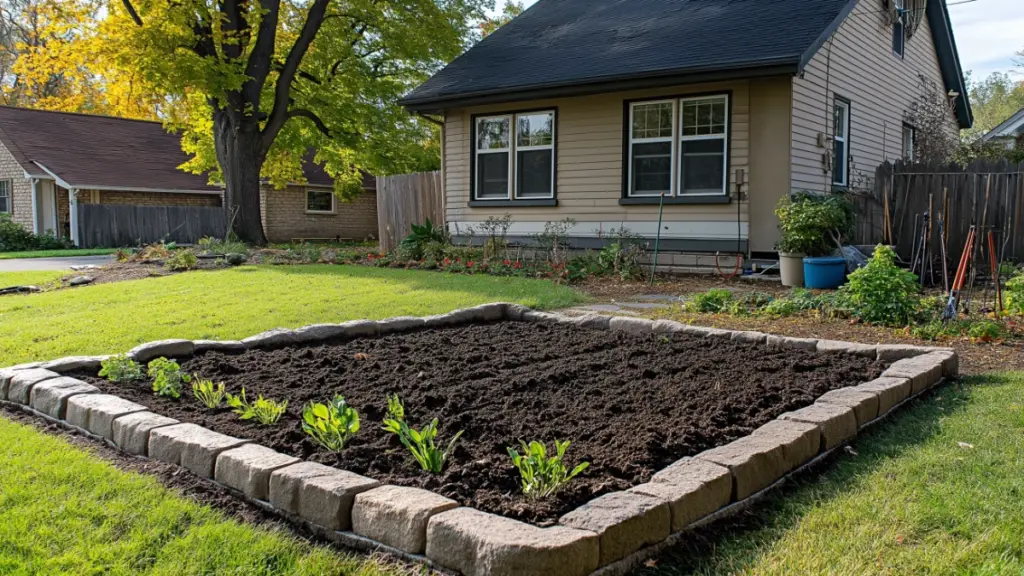
Before planting a single bloom, the foundation of any successful flower bed is healthy, well-prepared soil. This step is essential whether you’re planting in-ground, in raised beds, or around the perimeter of your front porch.
Begin by clearing the space of weeds, grass, and rocks. Use a garden fork or tiller to loosen the soil to a depth of 8–12 inches. Add compost or organic matter to enrich the area and promote healthy root development. A soil test can also help you determine if you need to amend for pH or nutrients.
If your front yard is compact or includes sidewalks or driveways, raised beds or defined edging can help keep the design clean while containing soil and moisture.
Table – Soil Prep Essentials
| Step | What to Do | Why It Matters |
|---|---|---|
| Weed and clear | Remove all debris and weeds | Prevents competition and disease |
| Loosen soil | Till or fork to 8–12 inches | Improves root penetration |
| Add compost | Mix 2–3 inches of organic compost | Boosts nutrients and drainage |
| Test pH and adjust | Use at-home kit for acidity check | Ensures optimal growth conditions |
Spring Planting Guide: Bright Beginnings
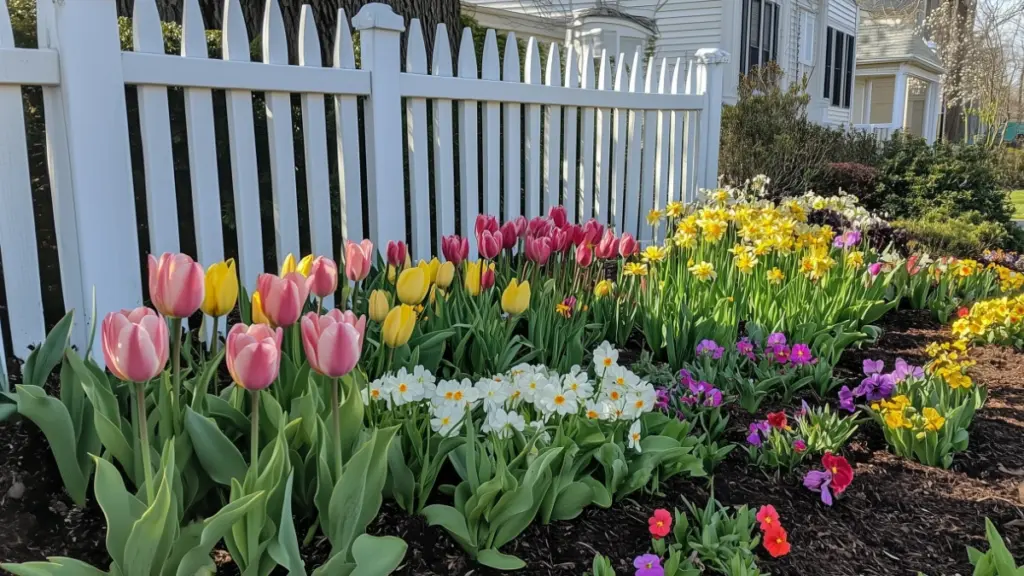
Spring is all about awakening and color. This is the season to introduce cheerful, early bloomers that thrive in cooler temperatures and create a welcoming burst of color as winter fades.
Choose hardy spring bulbs like tulips, daffodils, and hyacinths, which should be planted in the fall for spring display. For annual color, consider pansies, snapdragons, and primrose. Mixing early perennials like bleeding hearts or creeping phlox ensures that your bed feels full and dynamic from March through May.
Table – Top Spring Flower Picks
| Flower | Type | Color Options | Light Requirement |
|---|---|---|---|
| Tulips | Bulb | Red, yellow, pink | Full sun |
| Pansies | Annual | Purple, blue, white | Part sun |
| Creeping Phlox | Perennial | Lavender, pink | Full sun |
| Daffodils | Bulb | Yellow, white | Full to part sun |
Summer Flower Bed Plan: Bold and Bright
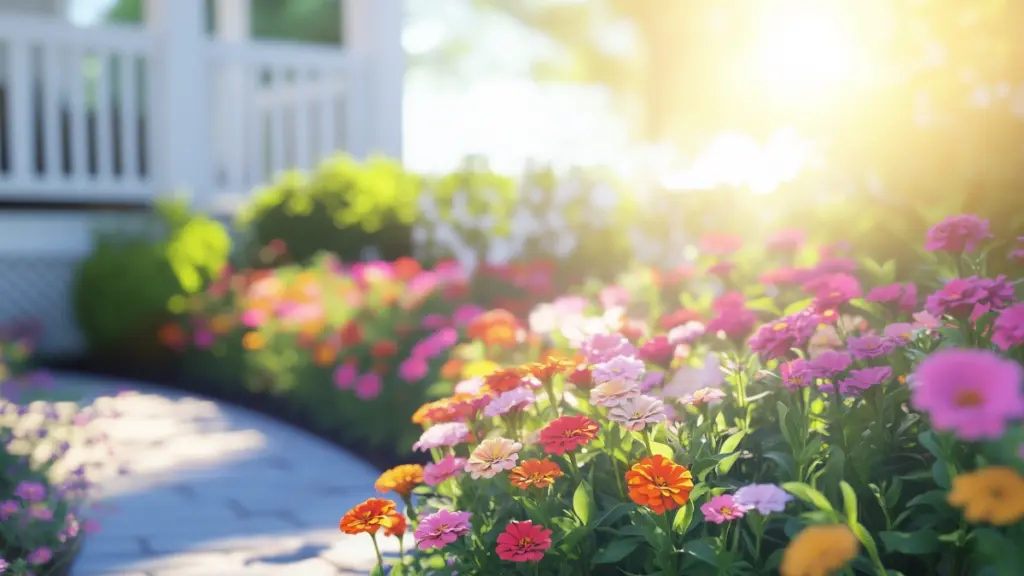
Summer calls for resilient flowers that can withstand heat while delivering non-stop color. This is the time to lean into bold, saturated hues and blooms that love long days of sunshine.
Popular choices include zinnias, marigolds, petunias, and salvia. Add trailing varieties like sweet potato vine or calibrachoa to fill out your beds with volume. This is also a good season to refresh spring annuals that have faded and prune perennials for fresh growth.
Watering and mulch are key—keep beds hydrated and protected from extreme temperatures with a 2–3 inch mulch layer.
Table – Summer Flowering Favorites
| Flower | Type | Bloom Period | Water Needs |
|---|---|---|---|
| Zinnias | Annual | Mid to late summer | Moderate |
| Salvia | Perennial | Summer–fall | Drought-tolerant |
| Petunias | Annual | Continuous | Regular moisture |
| Marigolds | Annual | Early–late summer | Low to moderate |
Expanded Section: Fall Flower Beds for Seasonal Charm
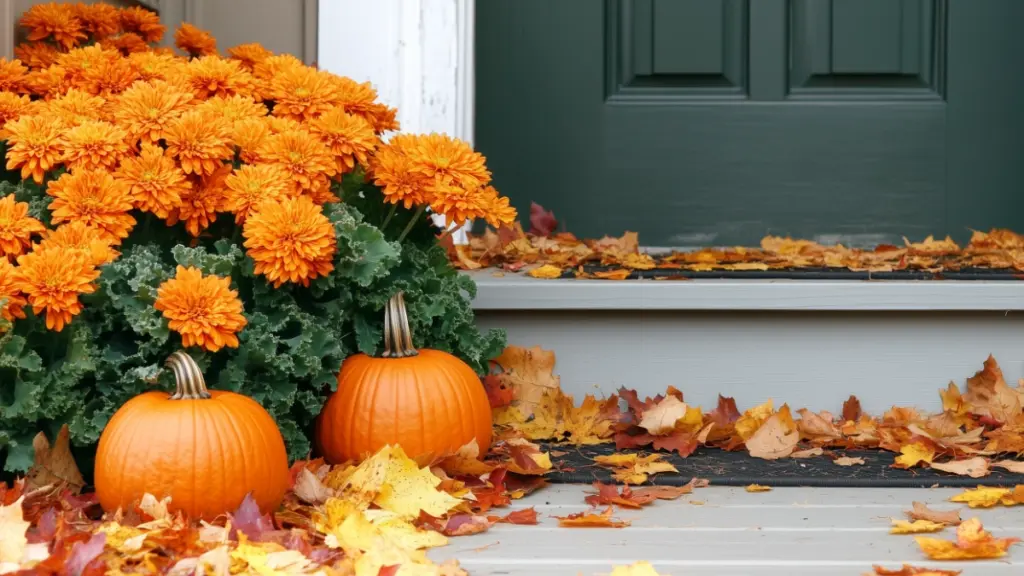
Autumn offers one of the most underrated opportunities for floral design. As temperatures cool, new plants thrive and your front yard can reflect the colors of the season.
Choose flowers like chrysanthemums, asters, and ornamental kale to extend the beauty well into November. These plants offer warm hues—gold, burgundy, orange—that pair perfectly with seasonal décor like pumpkins and cornstalks.
Fall is also the ideal time to plant spring bulbs and divide perennials, preparing your beds for future growth. With fewer pests and cooler air, maintenance is easier too.
Table – Fall-Friendly Planting Ideas
| Flower | Color Palette | Notes |
|---|---|---|
| Chrysanthemums | Rust, yellow, burgundy | Replace summer annuals |
| Ornamental Kale | Purple, green, white | Great texture and cold-hardy |
| Asters | Blue, purple, pink | Pairs well with mums |
| Sedum | Pink, red, bronze | Drought-tolerant and pollinator-friendly |
Winter Interest: Evergreen Accents and Cold-Resistant Plants
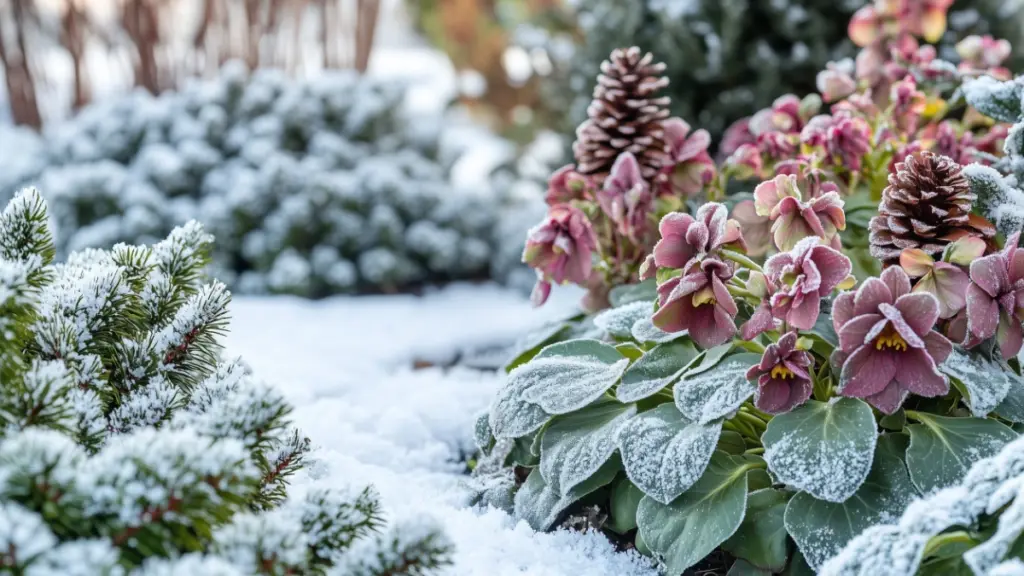
Winter doesn’t have to mean a bare front yard. With a little strategy, you can keep your flower beds interesting year-round—even in the off-season.
Use evergreen shrubs like boxwood or dwarf Alberta spruce for structure. Add cold-tolerant plants like winter pansies or hellebores for color. In snowy regions, consider decorative elements like twig branches, pinecones, or festive planters with greenery.
These touches keep your curb appeal high even when blooms are scarce.
Table – Winter Flower Bed Ideas
| Plant/Element | Purpose | Winter Benefit |
|---|---|---|
| Boxwood shrubs | Evergreen structure | Year-round form and greenery |
| Hellebores | Cold-tolerant bloom | Flowers in late winter/spring |
| Winter pansies | Color during milder winters | Hardy and cheerful |
| Birch/twig accents | Decorative focal points | Adds texture and visual interest |
Expanded Section: Seasonal Maintenance and Replanting Tips
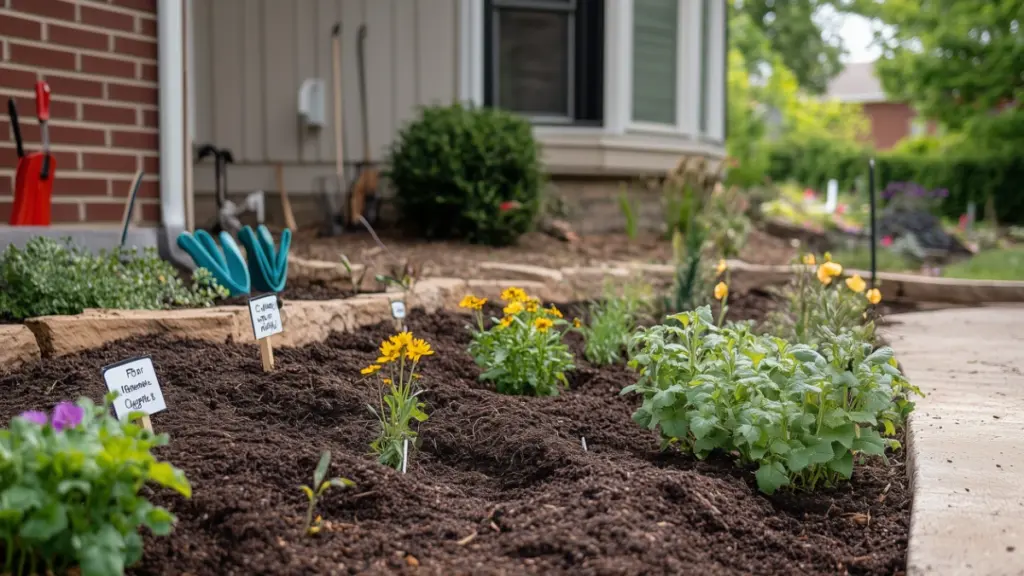
A beautiful flower bed is only as successful as its upkeep. Fortunately, regular maintenance doesn’t have to be a burden when spread out seasonally.
Each season, remove spent blooms and trim back any dead foliage. Replenish mulch twice a year—spring and fall—to maintain soil health and moisture retention. If you’ve used annuals, pull them out and refresh the bed with seasonal alternatives.
Labeling or keeping a garden journal helps track which plants performed best in which seasons, so you can refine your layout year after year.
Table – Seasonal Maintenance Calendar
| Season | Tasks | Tools Needed |
|---|---|---|
| Spring | Plant bulbs, weed, add compost | Hand trowel, gloves |
| Summer | Deadhead flowers, mulch, water deeply | Pruners, soaker hose |
| Fall | Plant mums, remove summer annuals | Spade, compost bin |
| Winter | Prune shrubs, clean beds, add decor | Shears, broom, garden bags |
Conclusion
Designing and maintaining DIY flower beds in front of your house doesn’t require a professional budget—just a little creativity and seasonal planning. With the right flowers in the right season, you can transform even the smallest space into a year-round celebration of color and texture.
From the first tulip in spring to winter’s evergreens, these planting strategies will help your home make a warm, welcoming statement every day of the year. And best of all, they’re designed to grow along with your confidence, creativity, and love for gardening.

